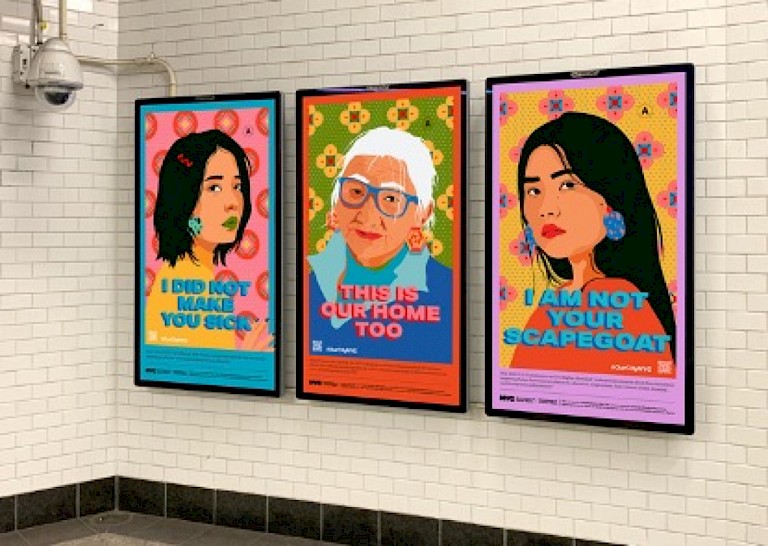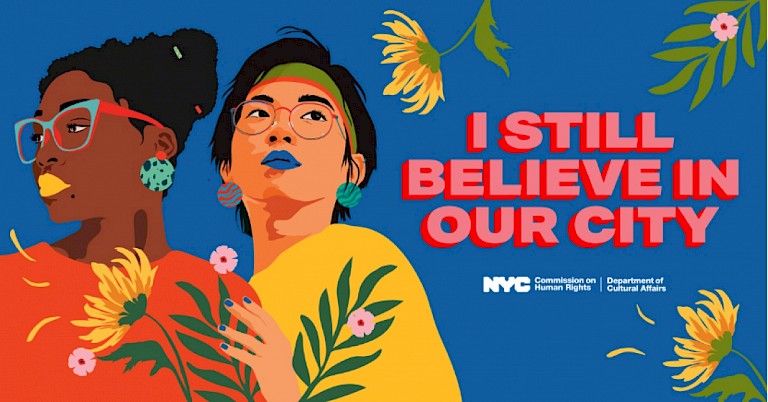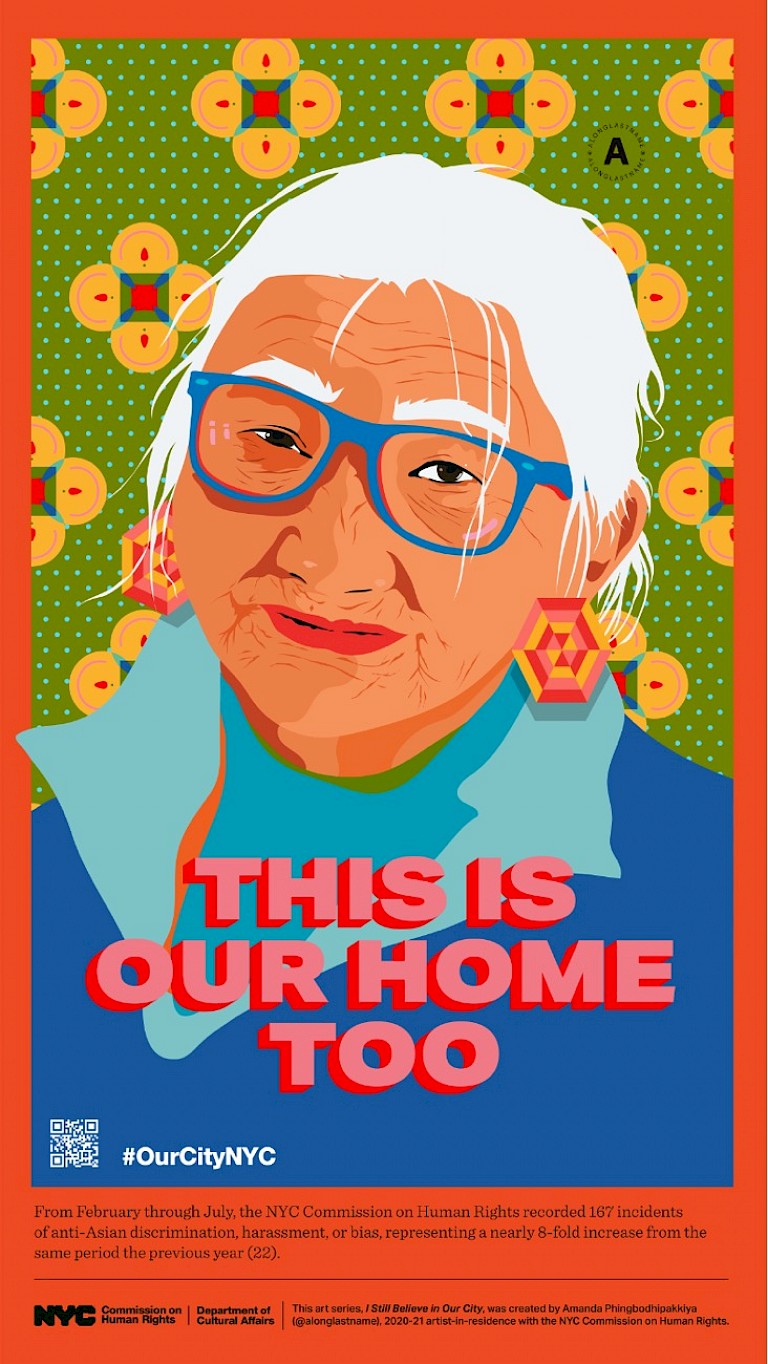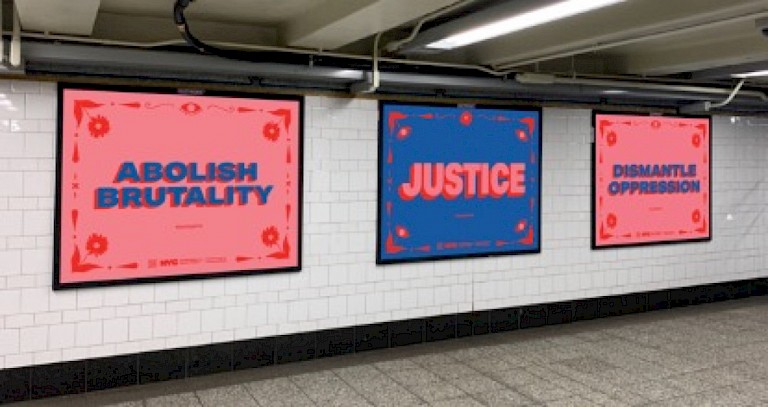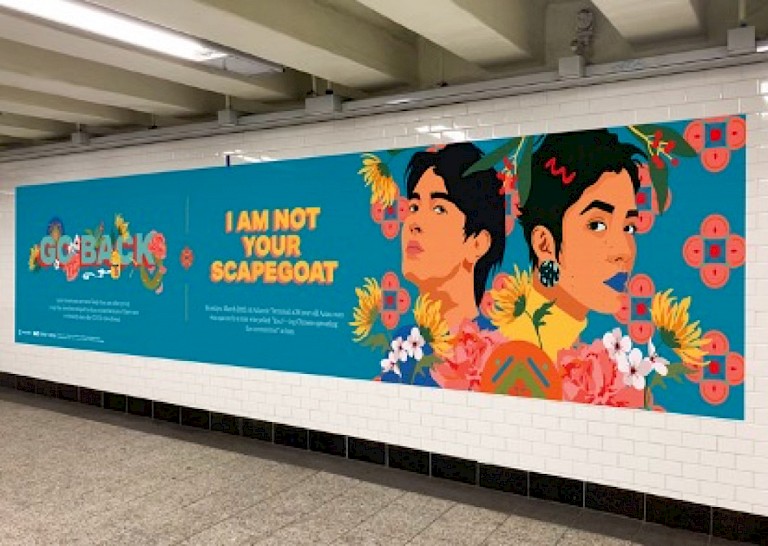



The "I Still Believe in Our City" project excels in several ways:
1. Raising Awareness: The project sheds light on the discrimination and bias faced by Asian and Pacific Islanders (APIs) during the COVID-19 pandemic. By highlighting these issues, it increases public awareness and understanding of the challenges API communities encountered.
2. Celebrating Resilience: The project celebrates the resilience and unity of API communities. It recognizes their contributions as essential workers and showcases their determination to overcome adversity.
3. Promoting Solidarity: "I Still Believe in Our City" emphasizes solidarity not only within the API communities but also in their support for the Black Lives Matter movement. This promotes unity and social cohesion.
4. Artistic Expression: The project uses art as a powerful medium to convey its message. The combination of striking visuals, statistics, and symbolic imagery captures the attention of a broad audience.
5. Community Impact: By addressing discrimination and advocating for equal treatment, the project has a positive impact on API communities. It provides a platform for these communities to share their experiences and challenges.
Regarding its impact on economics:
1. Community Resilience: By supporting API communities and highlighting their contributions as essential workers, the project indirectly reinforces their economic resilience. It showcases the value they bring to the workforce.
2. Consumer Support: The project's emphasis on supporting customers and businesses within API communities can have a positive economic impact. It encourages consumers to engage with and support these businesses.
3. Long-Term Impact: While the immediate economic impact may be challenging to measure, the project's focus on unity and resilience can contribute to the long-term economic well-being of API communities.
Overall, the "I Still Believe in Our City" project excels in raising awareness, promoting unity, and celebrating resilience within API communities. While the direct economic impact may be challenging to quantify, it has the potential to contribute positively to these communities' long-term economic well-being.
Amanda was an artist in residence with the New York City Commission on Human Rights, and this project was initiated through that partnership.
My artistic practice is about finding joy and belonging in the face of grief and injustice, and rallying communities to imagine a shared future we can’t yet see. Through defiant storytelling across an expansive array of materials and media, my work brings forth colors, patterns, textures, histories, and rituals to amplify the urgent voices of marginalized people.I have witnessed the deep power of listening and partnership in effecting change. I am invested in expanding the narrative of the AAPI community and other communities of color and revealing the unseen labor of women.My art often serves as a portal to liminal spaces that enable audiences to reclaim, rebuild, and restore their spirits through participation and communion. With gratitude, I receive gifted stories, artifacts and wisdom that form spaces of healing and wonder where new pathways forward can be imagined.
